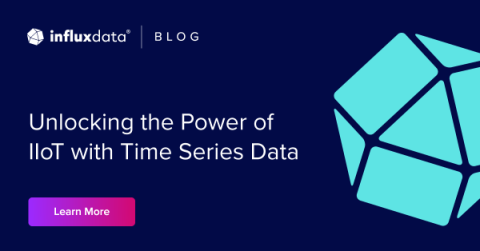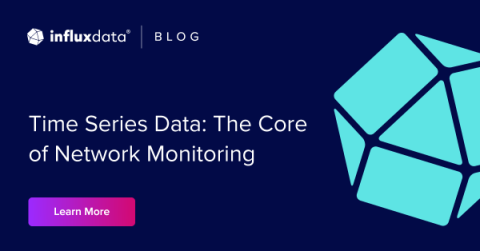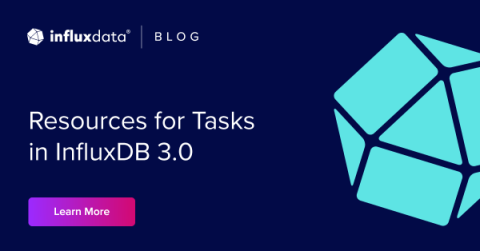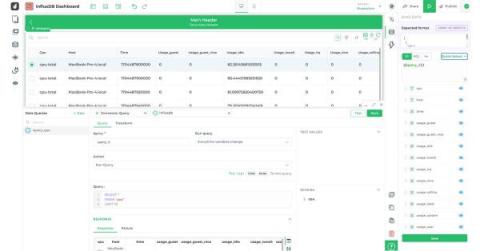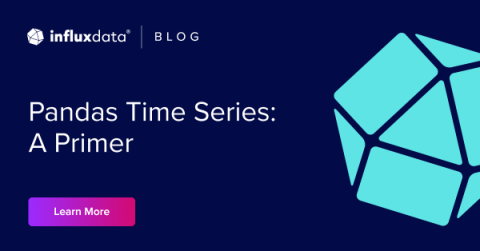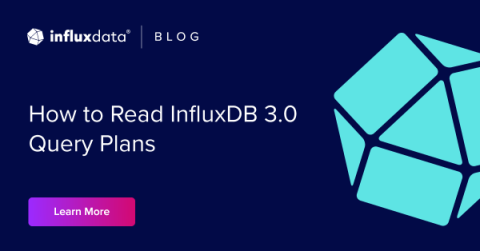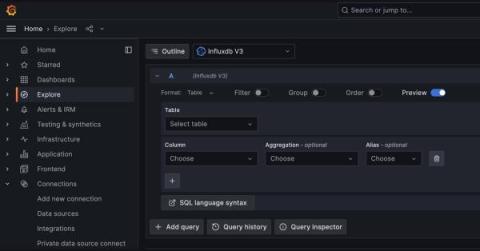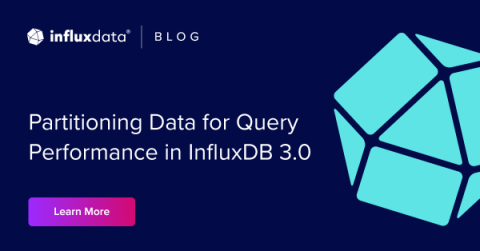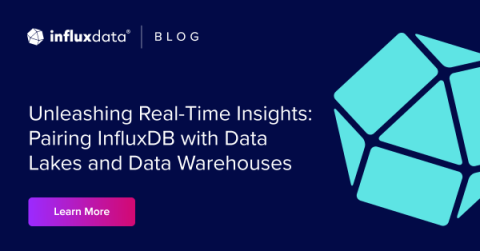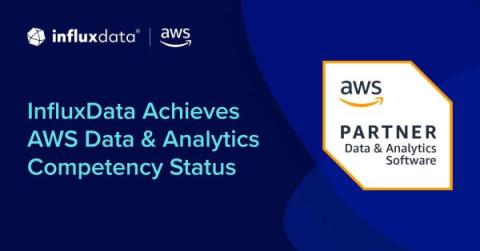Unlocking the Power of IIoT with Time Series Databases
This article was originally published on IIoT World and is reprinted here with permission. In the rapidly evolving world of Industrial Internet of Things (IIoT), organizations face numerous challenges when it comes to managing and analyzing the vast amounts of data generated by their industrial processes. Data generated by instrumented industrial equipment is consistent, predictable, and inherently time-stamped.


